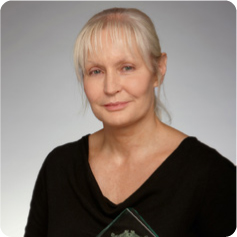References
Hyperhidrosis: a hot topic?

Abstract
Everyone sweats, but, for many, sweating or, moreover, excessive sweating (hyperhidrosis) can become a disorder and drastically impact upon day-to-day life. The psychological and social effects of hyperhidrosis should not be underestimated, although many individuals live with this condition without realising that there are successful treatments available to them, besides what is available over the counter from a pharmacy.
However, these treatments are not often requested from medical aesthetic practitioners in day-to-day clinical practice, so they may not be a ‘hot’ topic of discussion within many clinics. However, as professional bodies practising within our chosen specialities, medical aesthetic practitioners need to advance their knowledge and skills to keep abreast of new best practice and evidence in all spheres, no matter how rarely many may encounter them in their own practice. This enables medical aesthetic practitioners to educate and, ultimately, treat their patients safely and successfully. This article explains how and why hyperhidrosis may arise and progress, as well as the clinical treatment pathways that are available to patients.

The process of generalised sweating, under normal circumstances, is a means by which the body affects thermoregulation. This vital role of the human body is under the control of the hypothalamus.
It is primarily the anterior nucleus, but also the supraoptic region within the hypothalamus, that is involved in thermoregulation. Simplistically, these areas within the hypothalamus regulate, via the sympathetic nervous system, sweating and cutaneous vasodilation or shivering and cutaneous vasoconstriction, as required, to thermostatically maintain the body's temperature, within 1–2 °C of 37 °C (Crumbie, 2020). Hyperhidrosis is a disorder that is characterised by excessive sweating beyond physiological requirements.
The body also produces sweat to help the hands maintain a good grip, which is a useful function in peoples' daily lives. Palmar–plantar sweating (the hands and feet) is controlled mainly via the cortex and limbic systems, and the nerve pathways here are the same as in thermoregulation. However, the hypothalamus itself is also a nucleus for the limbic system, so stress-related palmar sweating can result in whole-body sweating, and, subsequently, a generalised rise in body temperature can worsen palmar–plantar sweating (Rystedt et al, 2016).
Register now to continue reading
Thank you for visiting Journal of Aesthetic Nurses and reading some of our peer-reviewed resources for aesthetic nurses. To read more, please register today. You’ll enjoy the following great benefits:
What's included
-
Limited access to clinical or professional articles
-
New content and clinical newsletter updates each month


